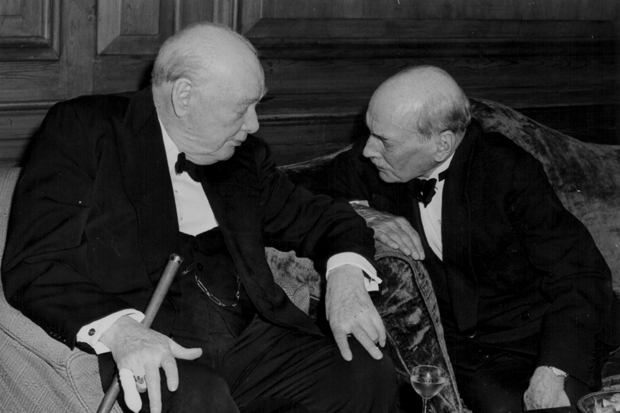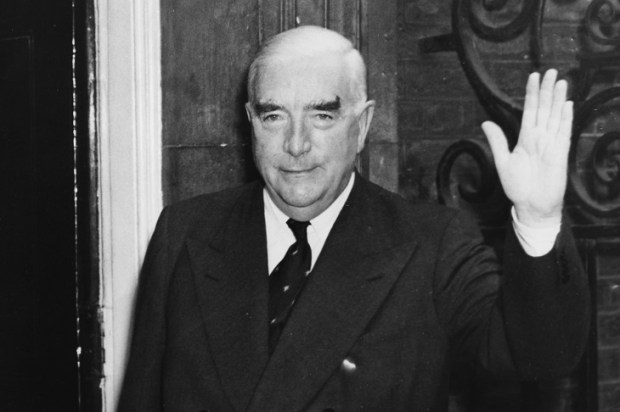Early in the second section of Aatish Taseer’s The Way Things Were we are presented with a striking description of Delhi. The city’s bright bazaars and bald communal gardens, among them ‘the occasional tomb of a forgotten medieval official’, are ‘stitched together with the radial sprawl of Lutyens’s city’. Taseer acknowledges the landscape’s beauty, but buried in his description, with its reference to the British architect who designed much of Delhi during the empire, is the painful and stifling legacy of history.
Already a subscriber? Log in
Subscribe for just $2 a week
Try a month of The Spectator Australia absolutely free and without commitment. Not only that but – if you choose to continue – you’ll pay just $2 a week for your first year.
- Unlimited access to spectator.com.au and app
- The weekly edition on the Spectator Australia app
- Spectator podcasts and newsletters
- Full access to spectator.co.uk
Unlock this article
Available from the Spectator Bookshop, £14.99 Tel: 08430 600033
You might disagree with half of it, but you’ll enjoy reading all of it. Try your first month for free, then just $2 a week for the remainder of your first year.














Comments
Don't miss out
Join the conversation with other Spectator Australia readers. Subscribe to leave a comment.
SUBSCRIBEAlready a subscriber? Log in